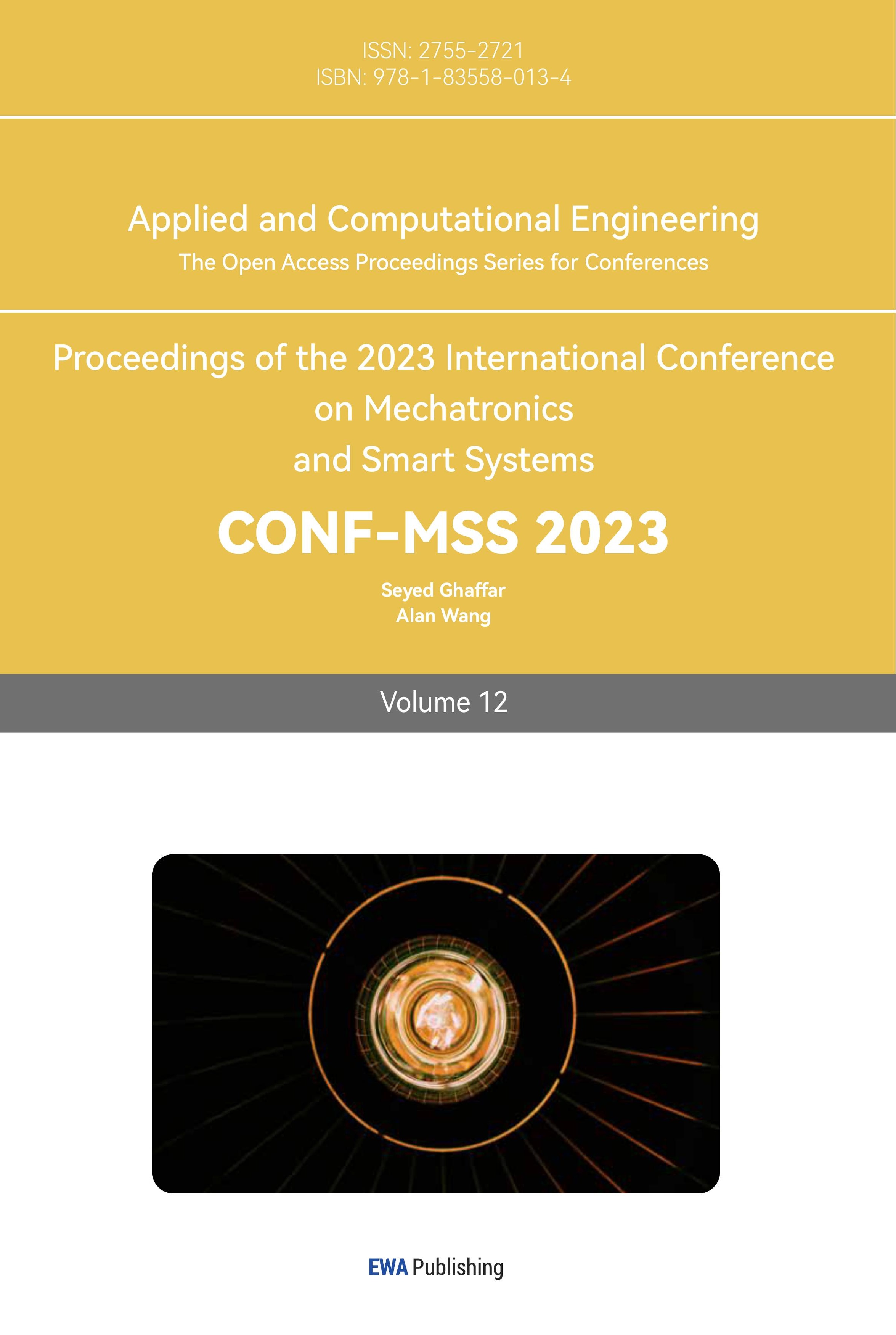References
[1]. Wang QY, Luo YJ, Song R, Chen JY, and Zhou DQ 2021 Automotive Practical Technology pp 203-205
[2]. Zhou YJ, Wang ZP, Hong JC, Qu CH, Shan TX, Zhang JH, and Hou YK 2022 Journal of Mechanical Engineering pp 131-154
[3]. Li M 2022 Wireless Internet Technology pp 99-100
[4]. Wang CZ 2021 Science and Technology Wind pp 20-21
[5]. Li J, Zhang JL, He XJ, Hu YH, and Xu ZY 2022 Southern Agricultural Machinery pp 45-48
[6]. Wang JH Wang 2020 Digital Technology and Applications pp 64-67
[7]. Wu S, Feng QL, and Tan LL 2022 Automotive Industry Research pp 4-11
[8]. Yang M 2022 Times Automotive pp 114-115
[9]. Wang J, Fang HF, Wu SQ, 2019 Automotive Vertical pp 45-47
[10]. Zu Q 2022 Modern Industrial Economics and Informatization pp 270-272
Cite this article
Yin,X. (2023). Development of charging technology for new energy vehicles. Applied and Computational Engineering,12,255-259.
Data availability
The datasets used and/or analyzed during the current study will be available from the authors upon reasonable request.
Disclaimer/Publisher's Note
The statements, opinions and data contained in all publications are solely those of the individual author(s) and contributor(s) and not of EWA Publishing and/or the editor(s). EWA Publishing and/or the editor(s) disclaim responsibility for any injury to people or property resulting from any ideas, methods, instructions or products referred to in the content.
About volume
Volume title: Proceedings of the 2023 International Conference on Mechatronics and Smart Systems
© 2024 by the author(s). Licensee EWA Publishing, Oxford, UK. This article is an open access article distributed under the terms and
conditions of the Creative Commons Attribution (CC BY) license. Authors who
publish this series agree to the following terms:
1. Authors retain copyright and grant the series right of first publication with the work simultaneously licensed under a Creative Commons
Attribution License that allows others to share the work with an acknowledgment of the work's authorship and initial publication in this
series.
2. Authors are able to enter into separate, additional contractual arrangements for the non-exclusive distribution of the series's published
version of the work (e.g., post it to an institutional repository or publish it in a book), with an acknowledgment of its initial
publication in this series.
3. Authors are permitted and encouraged to post their work online (e.g., in institutional repositories or on their website) prior to and
during the submission process, as it can lead to productive exchanges, as well as earlier and greater citation of published work (See
Open access policy for details).
References
[1]. Wang QY, Luo YJ, Song R, Chen JY, and Zhou DQ 2021 Automotive Practical Technology pp 203-205
[2]. Zhou YJ, Wang ZP, Hong JC, Qu CH, Shan TX, Zhang JH, and Hou YK 2022 Journal of Mechanical Engineering pp 131-154
[3]. Li M 2022 Wireless Internet Technology pp 99-100
[4]. Wang CZ 2021 Science and Technology Wind pp 20-21
[5]. Li J, Zhang JL, He XJ, Hu YH, and Xu ZY 2022 Southern Agricultural Machinery pp 45-48
[6]. Wang JH Wang 2020 Digital Technology and Applications pp 64-67
[7]. Wu S, Feng QL, and Tan LL 2022 Automotive Industry Research pp 4-11
[8]. Yang M 2022 Times Automotive pp 114-115
[9]. Wang J, Fang HF, Wu SQ, 2019 Automotive Vertical pp 45-47
[10]. Zu Q 2022 Modern Industrial Economics and Informatization pp 270-272









